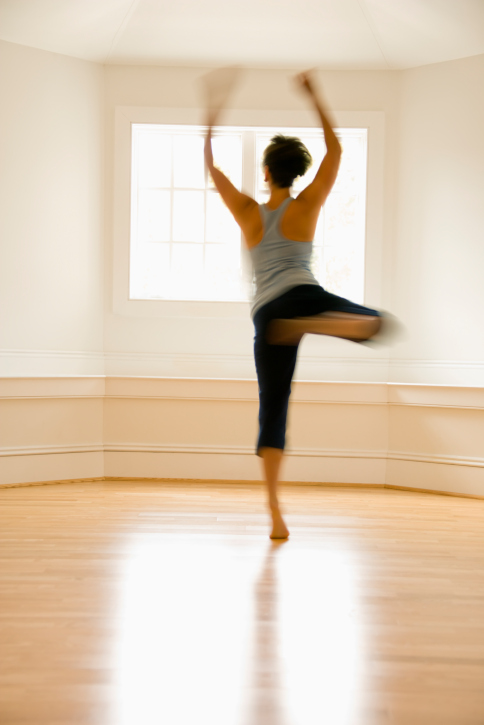This centres upon how the strategic integration of several creative forms may enrich one other (Kossak, 2015). The process of producing art using several mediums enlarges the space in which one may exercise their imagination (Kossak, 2015). These art forms may include: visual art forms (i.e painting, sculpture, collaging, print-making etc.), dance/movement therapy, drama therapy, poetry, play therapy, sand-tray therapy and many more. The multimodal art-making process enables the development of connections with the media as they become interconnected; as a result, new complexities and nuances spontaneously emerge (Kossak, 2015).
McNiff (2004) describes total expression as a comprehensive approach to healing via ongoing expression using several artistic modalities. The employment of many mediums highlights the interaction connecting body, emotion, and imagination in order to cultivate novel perspectives (McNiff, 2004). This multi-sensory and multi-dimensional therapeutic experience offers clients with novel discoveries regarding their presentation of a problem, thereby enhancing the examination of that experience and empowering themselves in the process (McNiff, 2004). The role of the arts therapist (AT) is to facilitate this transformation through guiding their client(s) through the various modalities.
References:
Kossak, M. (2015). Attunement in expressive arts therapy: Toward an understanding of embodied empathy. Charles C Thomas
McNiff, S. (2004). Art heals: How creativity cures the soul. Shambhala.

Comments
Post a Comment